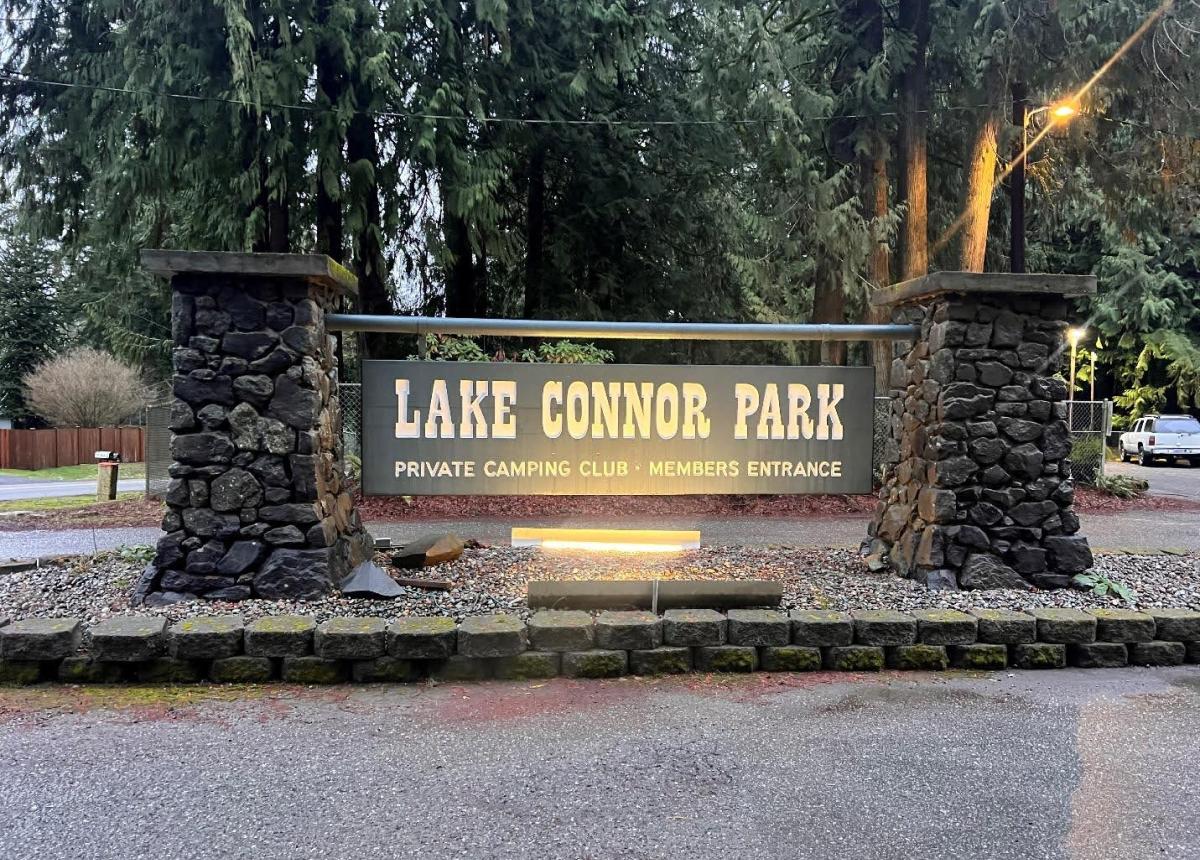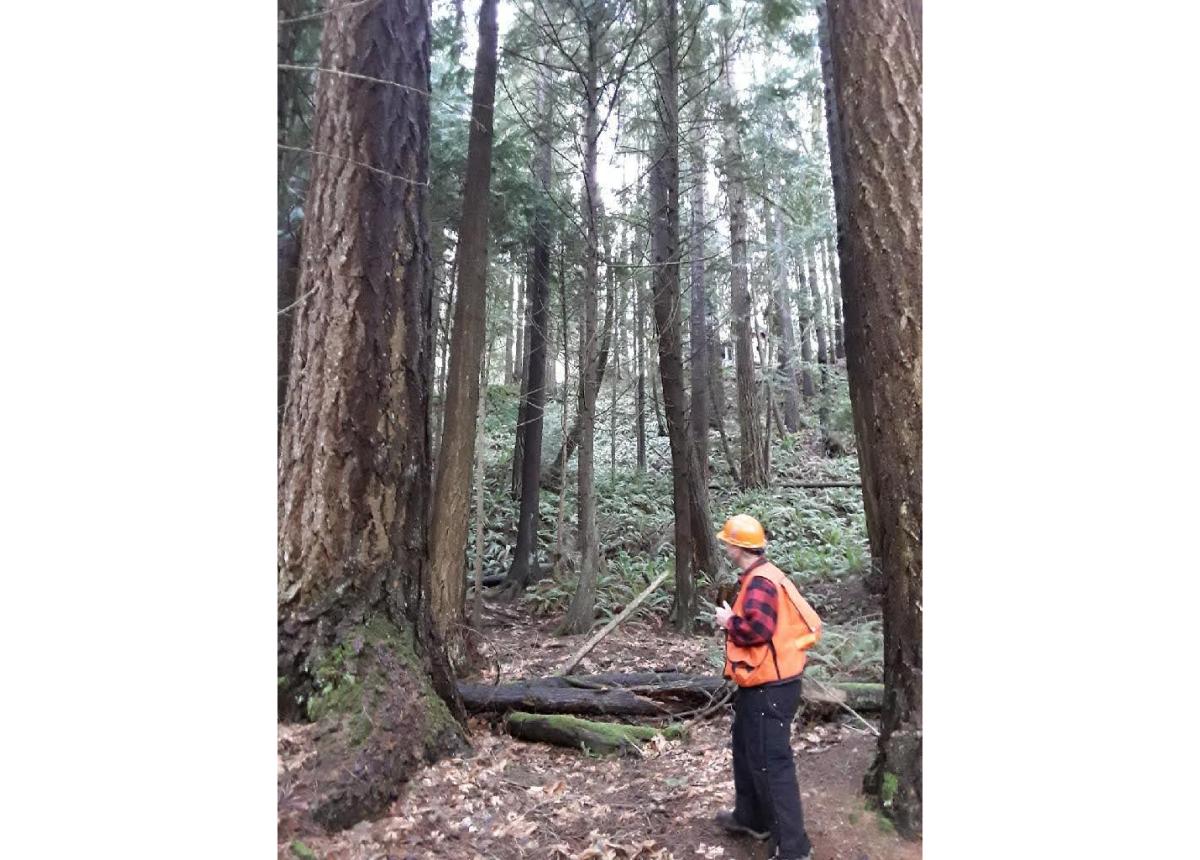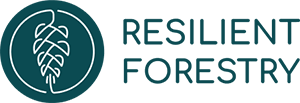Crafting a Forest Stewardship Plan for Lake Connor Park
Fri, August 09, 2024

Understanding Forest Stewardship
Forest stewardship involves managing forest resources to maintain and enhance their ecological health while meeting the needs of the community. At Lake Connor Park, this means ensuring the forest remains a haven for wildlife, a space for recreation, and a source of natural beauty.
Goals and Objectives
Resilient Forestry tailors these plans to align with the needs, goals, and objectives for our clients. For Lake Connor Park, these included:
• Creating and maintaining a healthy, sustainable forest for future park members to enjoy.
• Implementing practices that reduce the impact of recreational use on forest health.
• Reduce operating costs and risk to member safety related to hazard trees.
• Lower property taxes and minimize the potential that LCP is rezoned for residential use.
• Increasing revenue from timber harvests and non-timber forest products.
• Pursuing grants and other revenue sources that support forest stewardship.
• Improving park habitat for fish and wildlife.
• Fostering forest resistance and/or resilience to wildfire.
• Minimizing forest health issues such as insects, disease, or effects of adverse weather events.
• Engaging LCP members in ecosystem awareness and supportive activities.

Assessing the Forest
Resilient Forestry conducted a thorough survey of the property to understand the current state of the ecosystem. This includes:
• Inventory: Gathering data on overstory and understory tree size and frequency, cataloging understory plant species, and assessing the frequency of invasive species. This inventory directly informs management decisions.
• Soil and Water Analysis: Using geospatial datasets to assess soil types and water resources in the area, we can assess potential impacts from harvest, as well as gain insight into potential management techniques to promote soil and water health.
• Mapping: Creating maps of the forest, highlighting different forest types, trails, and water bodies allows for a holistic picture of the park.
• Forest Health Assessment: Understanding current and potential climatic, pathologic, and entomologic agents that could contribute to forest health decline.
Developing Management Strategies
Based on the assessment, we then developed strategies to achieve the identified goals, leveraging our expertise in sustainable forest management and ecological health. Some strategies for Lake Connor Park included:
• Selective Thinning: Removing specific trees to reduce competition and improve forest health.
• Invasive Species Control: Implementing measures to identify and remove invasive species.
• Reforestation: Planting native, climatic adjusted species to move the ecosystem to a more resilient forest.
Engaging the Community
A successful Forest Stewardship Plan requires community involvement. Engaging the community is crucial for garnering support and ensuring that management strategies align with local needs and values. This can be achieved by:
• Volunteer Programs: Organizing volunteer opportunities for tree planting, trail maintenance, and wildlife monitoring. LCP is working on gathering grant money to aid in replanting efforts and for experts to lead volunteer activities.
• Feedback Mechanisms: Establishing channels for the community to provide input and feedback on forest management activities. This happens at the LCP community meetings, allowing for input from members.
Monitoring and Evaluation
Continuous monitoring and evaluation are essential to ensure the plan's success. Offering proactive and adaptive management strategies can address evolving environmental challenges and optimizes resource allocation. This includes:
• Regular Surveys: Conducting inventories before and after treatments will help to inform LCP members of management progress, as well as see if management techniques are being implemented in alignment with their forest stewardship goals.
• Progress Reports: Creating annual reports detailing the progress towards the plan’s objectives will allow members to see the impact of the Forest Stewardship Plan.
• Adaptive Management: Adjusting management strategies based on monitoring results and new scientific insights. This allows for forest management to be a living thing that adapts to the needs of the ecosystem and community.
Conclusion
Developing a Forest Stewardship Plan for Lake Connor Park was a vital step in preserving its natural beauty and ecological health. By setting clear goals, assessing the forest, implementing targeted management strategies, engaging the community, and continuously monitoring progress, we can help to ensure that the park’s forests remain vibrant and resilient for future generations to enjoy. Reach out to Resilient Forestry today to start the process of creating your own Forest Stewardship Plan!
